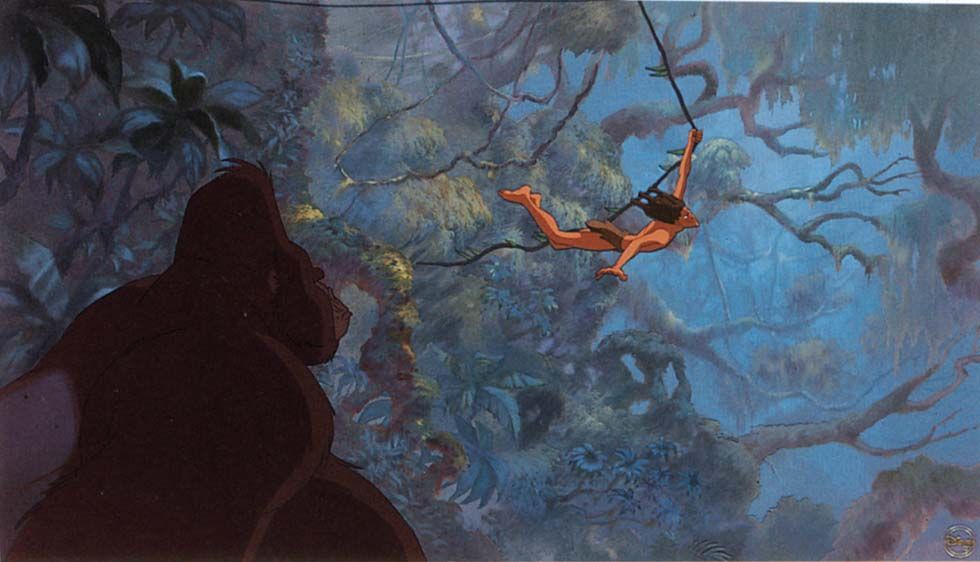Years ago, my uncle, who managed a factory, gave me a business book called The Attacker’s Advantage. Its core idea? To stay ahead in business, you must recognize when your current strategy is losing momentum and leap onto a new growth curve—before it’s too late. As a 20-year-old, this concept was abstract, but over time, its significance has become strikingly clear.
I’ve realized my knack for pattern recognition is the key. My brain naturally captures snapshots of situations and compares them over time, enabling me to detect trends, foresee challenges, and predict outcomes. This ability has helped me anticipate company closures and systemic issues long before they became evident to others. Unfortunately, this skill often goes unnoticed—people rarely take predictions seriously until after events have unfolded. But its value lies in avoiding wasted time, resources, and unnecessary conflict.
The S-curve metaphor from The Attacker’s Advantage remains powerful, but I find another analogy more relatable: Tarzan swinging from vine to vine. To progress seamlessly, Tarzan identifies the next vine before reaching the low point of his swing, releasing one vine as he grabs the next. If he hesitates or clings too long, he risks losing momentum—dangling helplessly above crocodiles. Regaining momentum after stalling takes enormous effort and energy.
In business, the same principles apply. You must:
- Monitor your direction: Understand where you’re headed.
- Identify the next “vines”: Spot opportunities, trends, or strategies to keep you moving forward.
- Time your transitions: Act before you lose momentum or hit the “low point.”
These vines often represent polarities—competing priorities that require balance (see my previous articles on polarity thinking). Navigating them involves zigzagging through challenges and opportunities, all while keeping your direction in sight.
Recognizing patterns, trends, and weak signals in time can help your organization avoid unnecessary swings above the metaphorical crocodiles. While we can’t always make perfect decisions in complex environments, adopting a strategic approach dramatically increases the odds of success.
The Hidden Measure of Success
In many organizations, leaders are celebrated for rescuing situations after a crisis—pulling the organization out of the crocodile-infested waters and back onto a vine. But what about the leaders who avoid such crises altogether? The smooth, seamless transitions—the absence of drama—often go unnoticed and uncelebrated. Yet, these quiet successes represent the most efficient use of resources.
Success isn’t best measured by traditional KPIs alone. A better indicator is the consistent practice of monitoring weak signals, balancing polarities, and regularly reviewing strategies. When done well, this minimizes energy spent “recovering” and maximizes progress toward long-term goals.
So, as you swing through the jungle of business, ask yourself: Are you clinging to old vines, stalling above crocodiles, or swinging forward with purpose? The best way forward is to let go at the right time, embrace the next opportunity, and keep moving.
🎥 Watch this scene from Tarzan for a dose of inspiration: Tarzan swinging scene.
How are you managing your organization’s vines? Let’s discuss. 👇
#complexity #changemanagement #success #balancingpolarities #yinsight4u
Through Yinsight, I support companies, their managers and teams in their development with a view to achieving tangible performance that respects people. Creating strategy, working on collective values, aligning teams, managing complexity and interpersonal dynamics, and providing individual and collective support for transformation are at the heart of my work.

